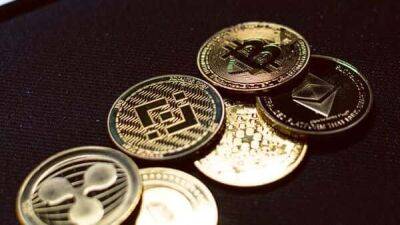Ethereum Turns Deflationary Amid Market Turmoil – Future of Money?
Ethereum’s native token ETH is once again turning deflationary, as more tokens are burned than new ones issued, leading some proponents to point to ETH as a future sound money.
The latest deflationary turn for ETH happened during the crypto market crash over the past few days, as transaction fees on ETH spiked as traders rushed to send tokens to and from exchanges. And as Ethereum users know by now, the network initiated its new token burn mechanism with the EIP-1559 upgrade in August 2021. The upgrade created a system where a portion of transaction fees are burned, making the issuance of ETH – at times – deflationary.
As a result of this new burn mechanism, more tokens are burned as more ETH is transacted with and transaction fees paid.
According to data from ETH tracking website Ultrasound.money, the ETH supply has declined steadily since October 8, and turned negative on November 9. Since then, the supply has continued to fall at a faster rate, reaching an annual -1% supply growth at the time of writing.
Worth noting, however, is that the reduction in ETH supply has come as prices of the token have nosedived along with the broader crypto market. Over the past 7 days, the price of ETH was down by more than 16% over the past 7 days, although it still remained almost unchanged when looking at the month overall.
The idea of ETH as ultra sound money was brought up as early as in March of 2021 by Ethereum Foundation researcher Justin Drake in an interview on the Bankless podcast:
However, others are of a very different view, with for instance Bitcoin (BTC) proponents often arguing that the predictable and unchangeable issuance of BTC is what makes that sound money, and that the same cannot be said about ETH.
Among those who have
Read more on cryptonews.com























